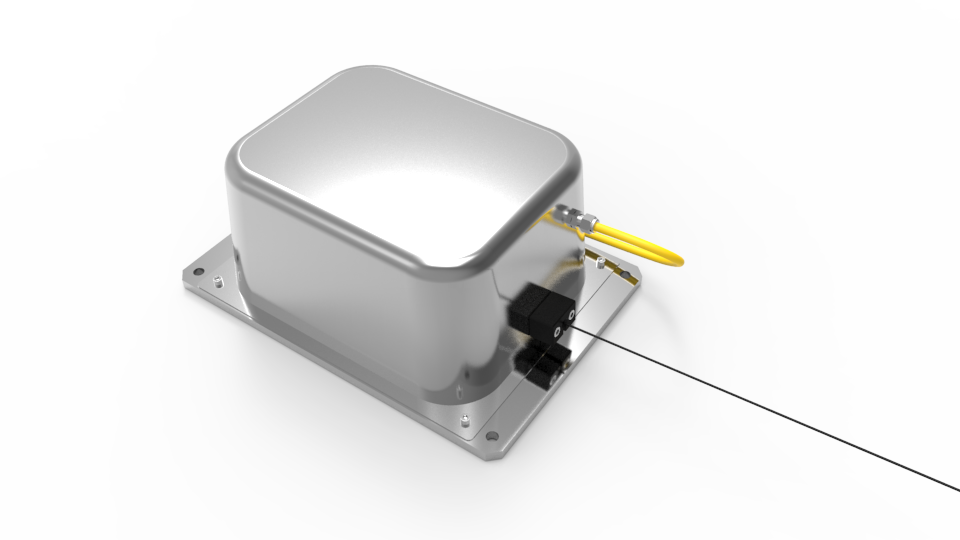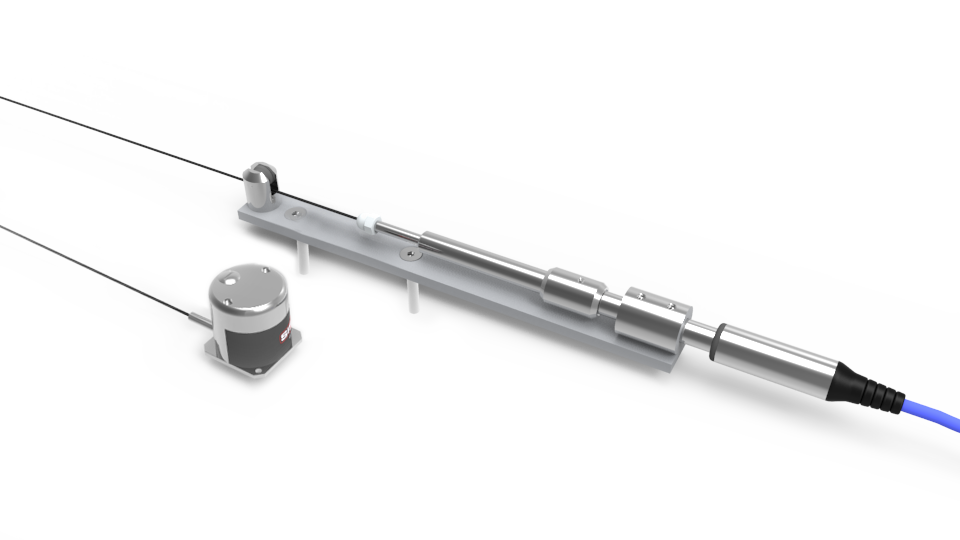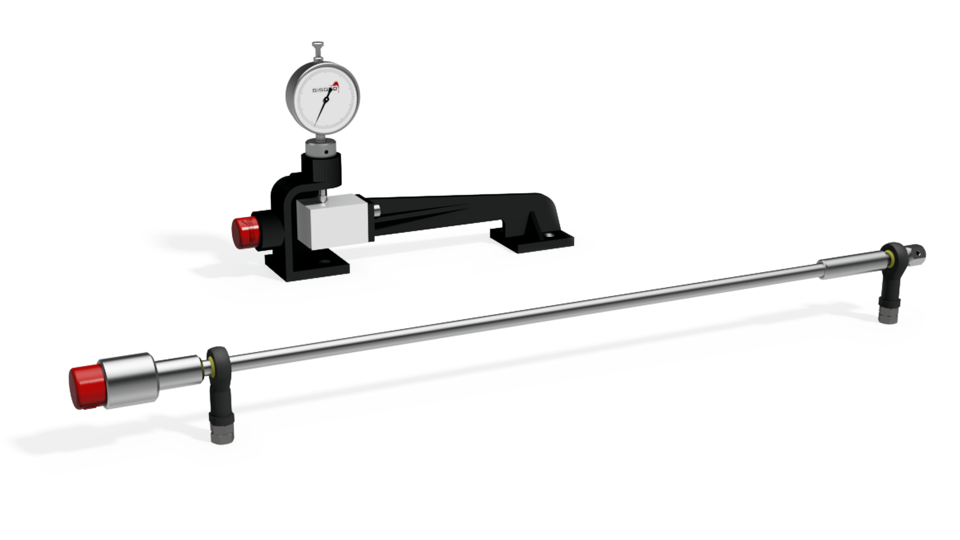Electrical Crackmeters and Jointmeters
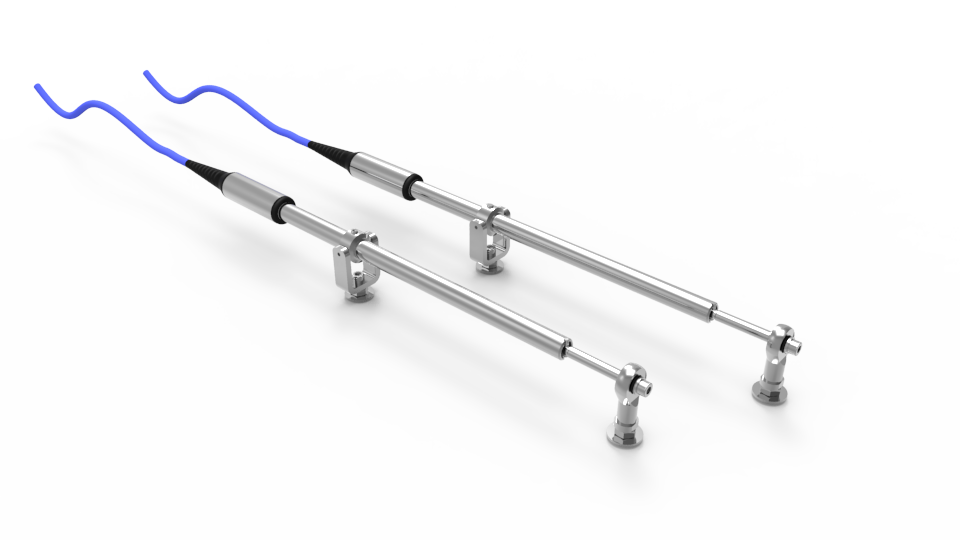
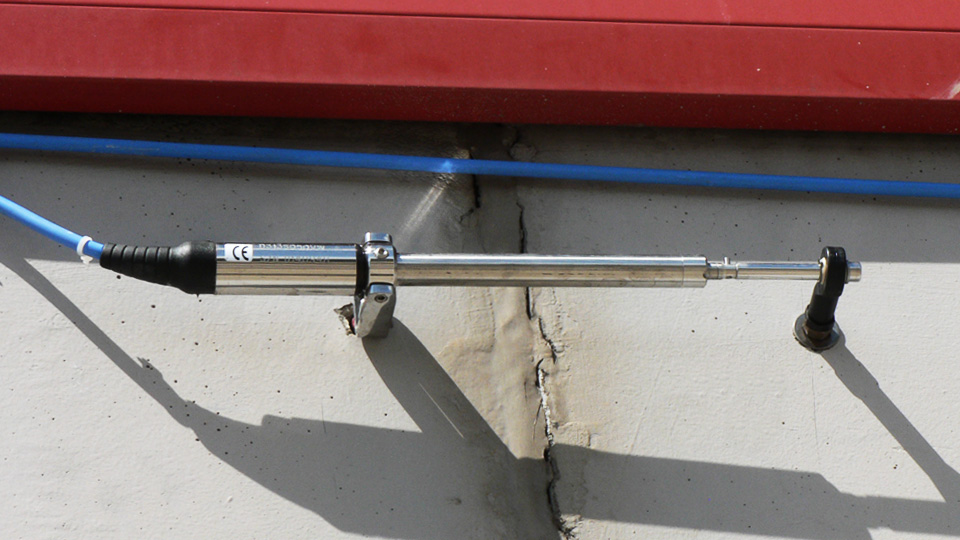
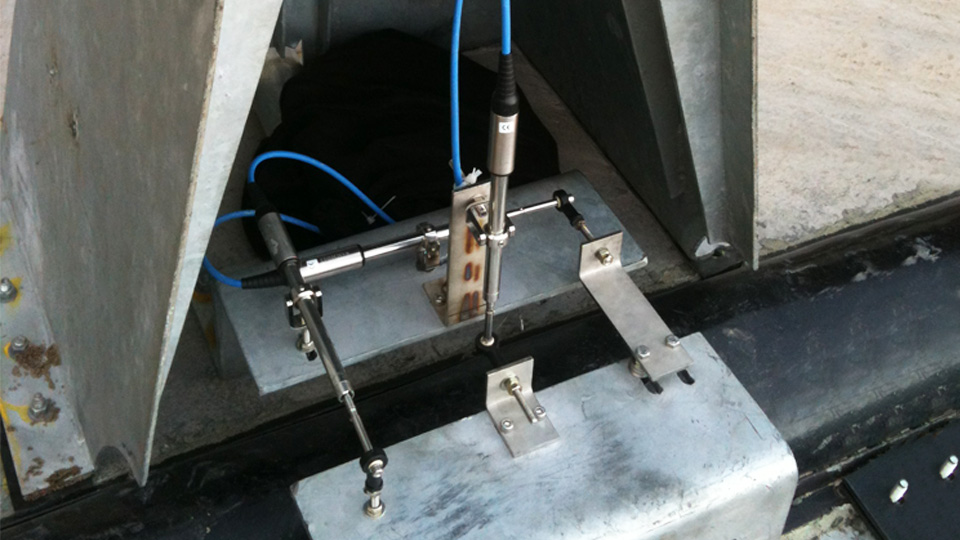
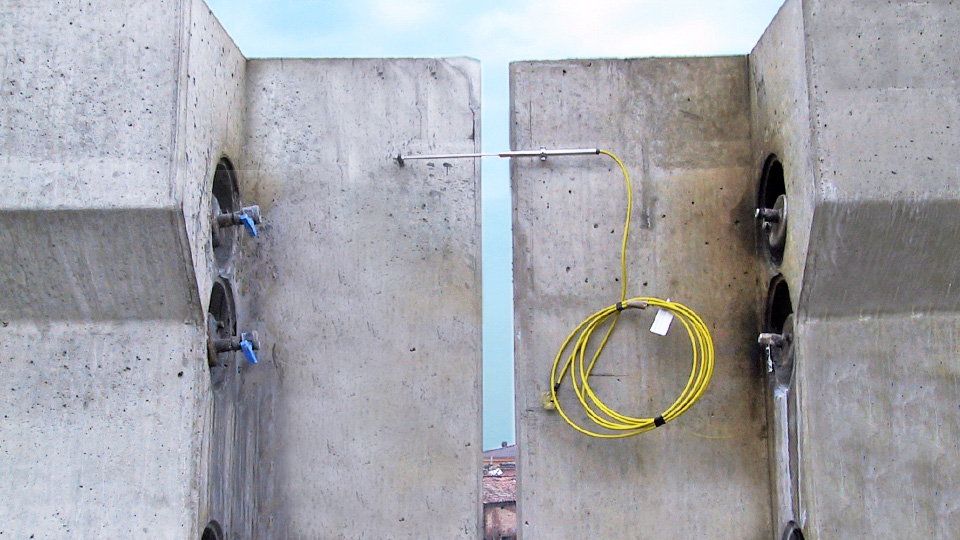
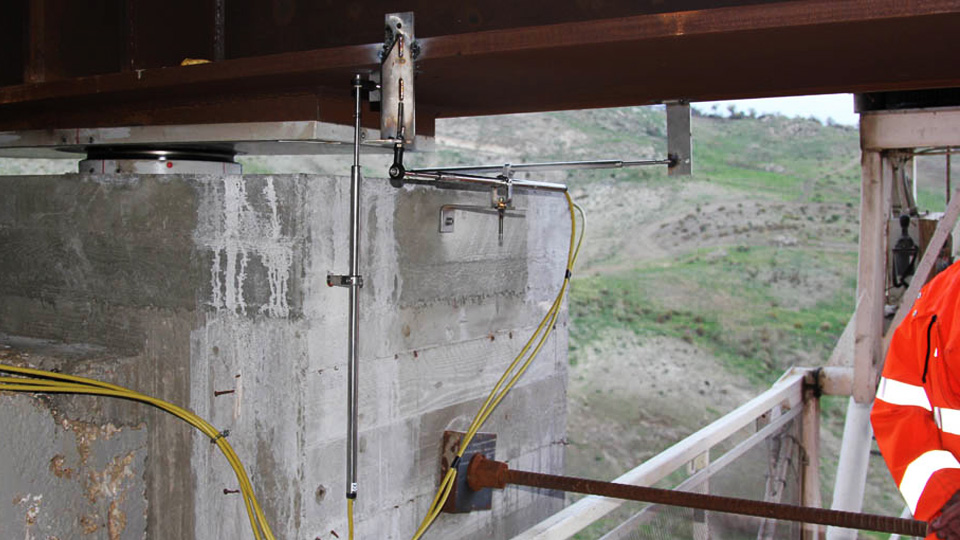
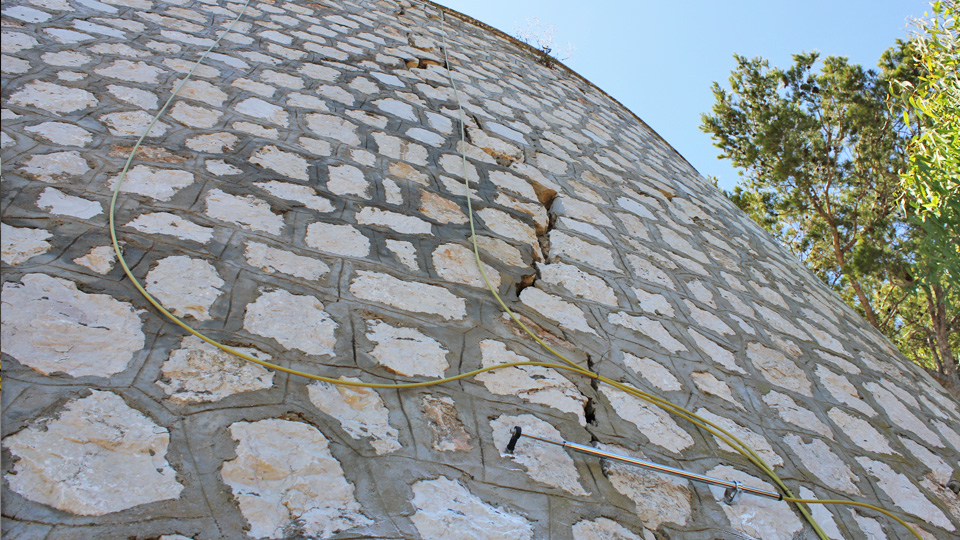

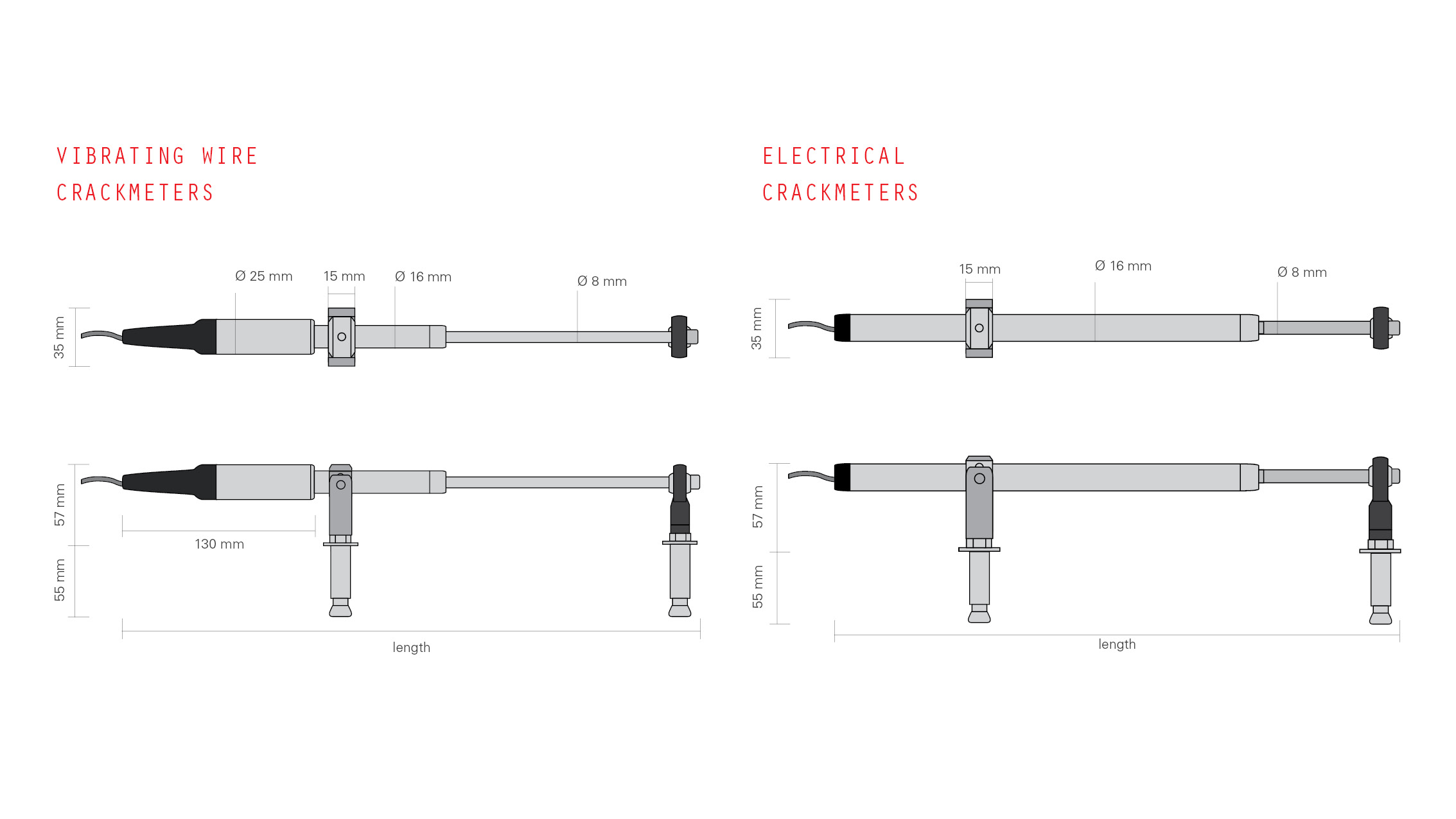
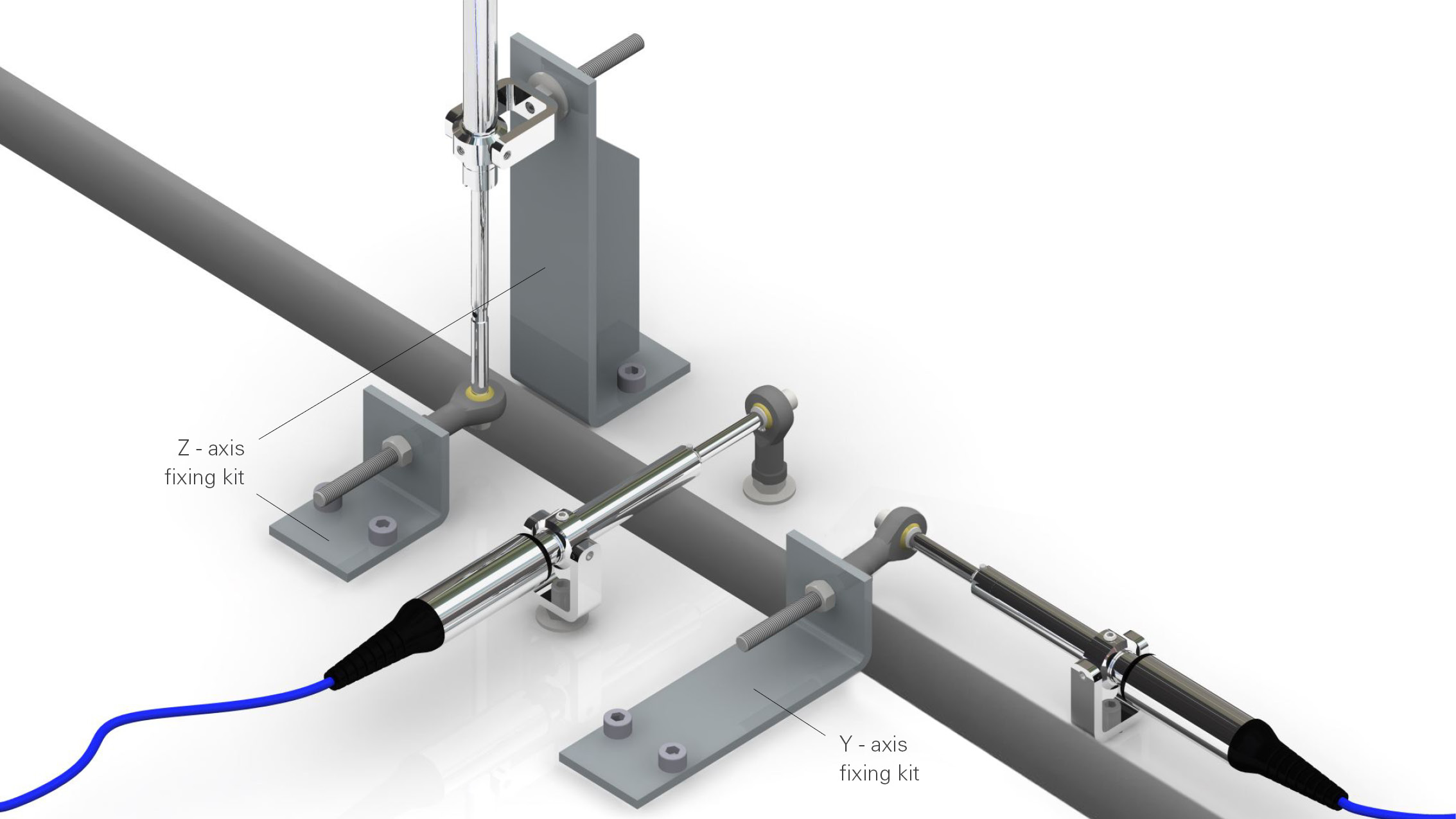
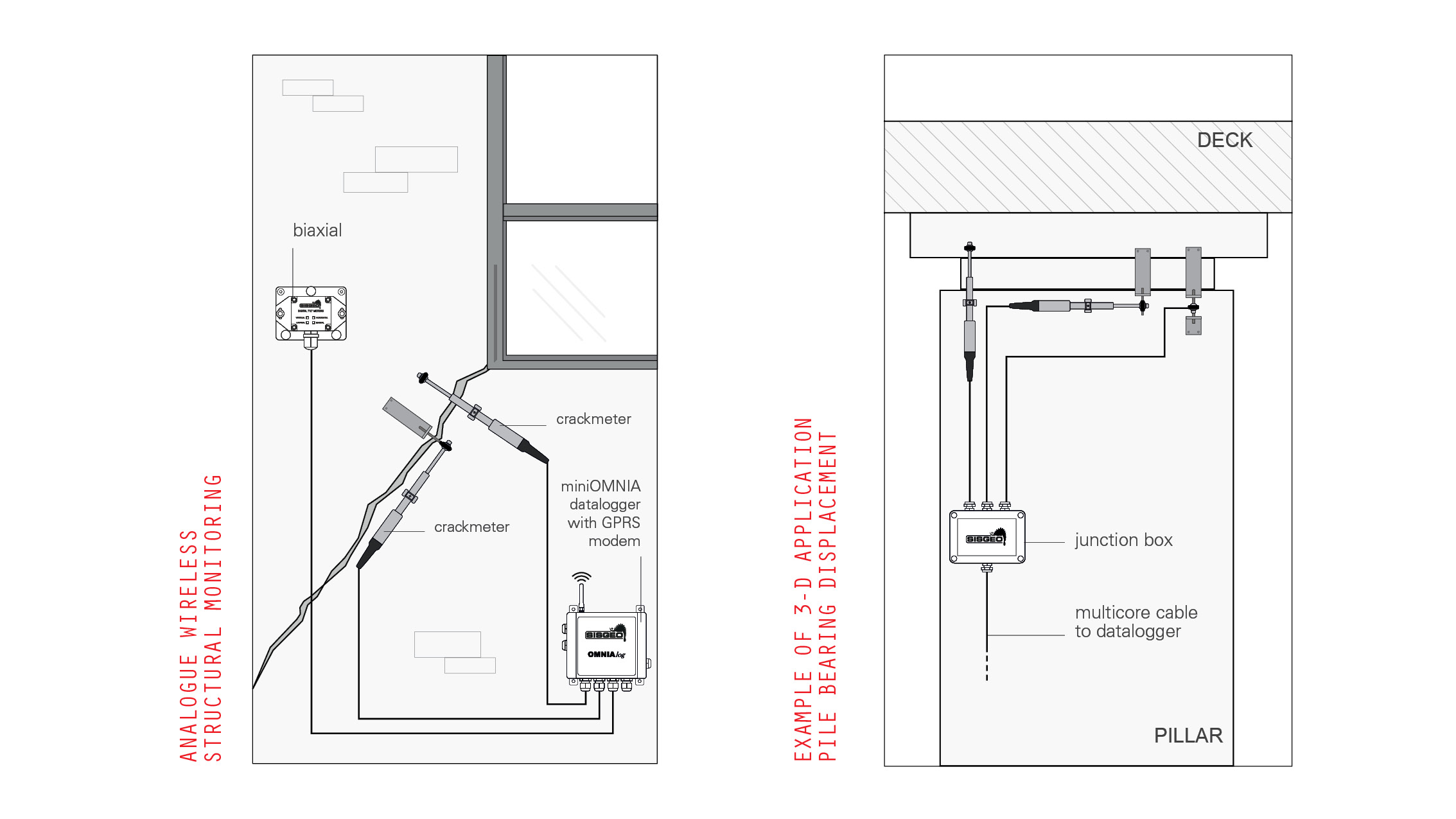
Electrical and vibrating wire crackmeters (jointmeters) are intended to monitor movement across surface cracks and joints in concrete structures or rock.
The instrument assembly includes sensor housing and target, both parts are equipped with screw anchors. Typically the anchors are bolted on the opposite sides of the joint (crack).
The displacement transducer housed in the sensor body is positioned across the joint/crack enabling to measure the changes in the distance between the anchors. CRID is an integrated automatic system for fissure monitoring of building and monuments reducing the visual impact.
A linear potentiometer is a device with a movable slider, usually called wiper, that makes electrical contact along a fixed resistance strip. A regulated DC voltage is applied to the two ends of the resistance strip: the voltage between one end of the strip and the contact point of wiper and strip is measured as the output signal.
Sisgeo instruments that utilize linear the linear potentiometer technology have often a 4-20mA output because electrical (Ampere) signals are more suitable for long distance transmission than tension (Volt) signal.
Vibrating wire transducer is essentially composed by a taut wire clamped at its ends and tensioned so that it is free to vibrate at its natural frequency. The frequency of vibration varies with the wire tension and thus small relative movements between the two end clamps.
With vibrating wire transducers frequencies rather than voltage levels are measured, so a dedicated readout/datalogger must be used to measure the resonant frequency. These ones excites the vibrating wire transducer, measures the response, performs some calculations on the response, and returns the result.
SISGEO vibrating wire transducer uses ‘pluck and read’ method and not ‘auto resonant’ method; when the readout/datalogger plucks the wire a magnetic attraction is created to the coil and the wire start to vibrate and it causes an alternating voltage of the same frequency of the natural frequency of the wire; the voltage signal is transmitted on the cable and read from the readout/datalogger.
Vibrating wire transducers have a reputation for long expected life and long-term stability.
Readable by
Questions
about this
product?
about this
product?
Learn more
Datasheet
Manual
Data processing
Faq
Questions
about this
product?
about this
product?
Learn more
Datasheet
Manual
Data processing
Faq



